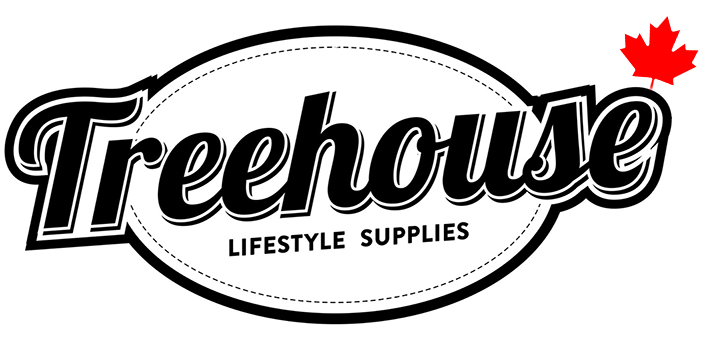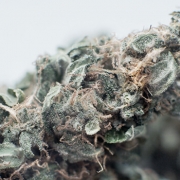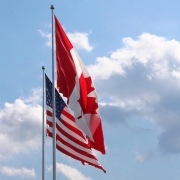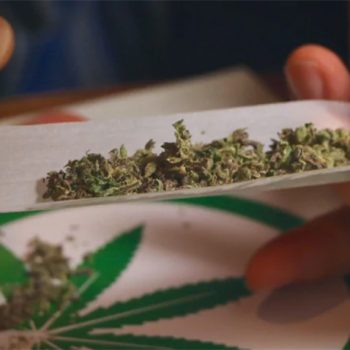5 Recipes for Sweet Success in the Cannabis Candy Market
/in Recipes/by Mary JaneThe cannabis-infused candy marketplace is one of the most competitive in the cannabis industry. While, flower, the industry’s leading product, demands relatively little in terms of product development, ingredient sourcing, testing, branding, and packaging, edibles require extensive savvy with all of the above and more. For this reason, the most successful brands have teams of skilled professionals behind them.
The competition was negligible when adult-use sales first began in Colorado in 2014, but more serious competition is mounting–and for good reason. According to ongoing research conducted by BDS Analytics, between January and May of 2018, dispensaries in California, Oregon, and Colorado sold $280 million worth of cannabis-infused cookies, candies, beverages, and other edibles, representing 16 percent of the period’s $1.75 billion in cannabis sales. Here is a closer look at five things you need to know about the cannabis-infused candy business.
1. Know your category.
The edibles category contains everything from pills, brownies and tea to tinctures and crackers. No brands dabble in all of edibles’ myriad styles and the best brands focus on at most a few categories. Often, leading brands play in just one cannabis sandbox.
Candy is the leading category of cannabis-infused edibles in all states with legal adult-use cannabis sales. Candy includes a range of different edibles styles, including gummies — the No. 1 edibles product in all states — hard candies, taffy, mints, gum, caramels and more. Candy represents 44 percent of all edibles sales in California, Oregon, and Colorado between January and May of 2018, with $123 million in sales. During that period, California dispensaries alone sold $53 million worth of candy. This is a booming market, and significant growth is expected.
Much will change, however. Sophisticated teams from mainstream industries are increasingly entering the cannabis industry, bringing with them immense consumer-marketing and food technology experience along with committed investors. In addition, rules surrounding CBD–a non-psychoactive part of the cannabis plant that is experiencing spiked consumer demand–are in flux. Be prepared for innovation beyond straightforward gummies and taffy. Study the market with intense scrutiny before launching that new brand of Blue Dream Bubblegum.
2. Focus one one category.
Once you have the licensing, the facility and the team in place, and you have achieved success with your new brand of taffy, it can be tempting to hatch entirely new products in different categories. Resist! The leading brands in the edibles industry are exceptionally strong in just one category, such as gummies, and they may have just a few products in the category. They don’t start crafting mints just months after they launch gummies. Keep a laser-focus on gummies and pay close attention to what other gummy brands are doing – in your state and in others. Best practices win the day, and those who pay close attention to the competitive landscape have the best chance for commercial success.
3. Stay local, local, local.
Your year-old tea brand is crushing it in Oregon and you decide it’s time to swoop into the California market. Take a step back, a deep breath and a few sips of that tea. Look, the executive leadership of a leading mainstream tea brand in Oregon just left the company and they are entering the cannabis industry. Look, California already has three tea brands, all of which are backed by significant investments from people in Silicon Valley. Look, the product managers at a few of your most important dispensary accounts in Oregon just left. Will the new managers decide to keep your tea? Before deciding to make the leap, make sure your backyard is thriving and understand the risks in other markets. At the same time, pay attention to big players in those other states. While you examine their markets for opportunities, they are studying yours, too.
4. Remember that quality and consistency are paramount.
Cannabis consumers are picky. If they try your product and the experiences vary or the effect they are trying to achieve never occurs, they won’t buy your product again. Our Consumer Insights Division found that 43 percent of California’s past-six-month Consumers agree that manufacturers need to do a better job of making product dosages reliably consistent from serving-to-serving. That’s a significant chunk of the consumer market worried about dosing. Before your product lands on its first dispensary shelf, make sure it has been tested extensively. The best branding and marketing in the world will never surmount an unreliable product. Once-leading brands have fallen fast due to problems with quality and consistency.
5. Know your target customer.
Consumer research is an investment, not an expense. This is a rapidly evolving market where products that rule the market one day, fall behind the next. Chocolate bars led all edibles sales in Colorado for several years until gummies took over. In Colorado, the percentage of the public consuming cannabis grew from 25 percent to 35 percent in just the past year, according to BDS Analytics’ recent report Public Attitudes and Actions Toward Cannabis in Colorado. As more and more businesses enter the market, the face of the Consumer is changing and looking more like the general population in their region. Reach beyond demographics to define the motivations, needs, and benefits potential consumers seek. Always begin with consumers–they will determine your success.
(via greenentrepreneur.com)









